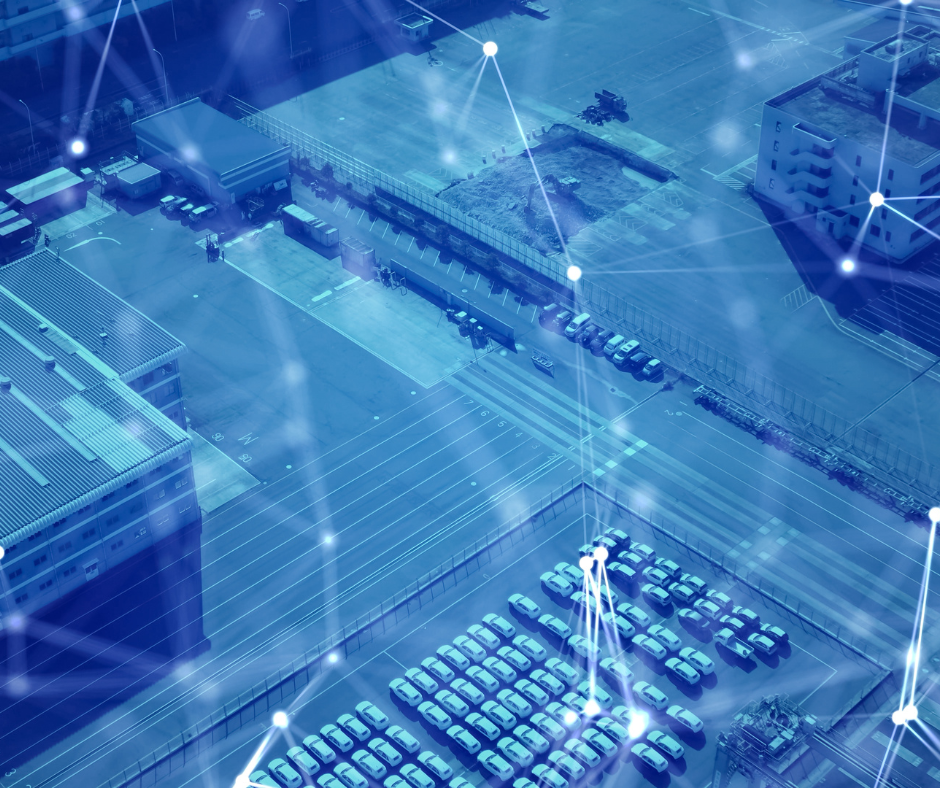Ramerset, a leading Dubai-based company, is embarking on an innovative project aimed at significantly enhancing the operational efficiency and reliability of the UK’s public service infrastructure. This ambitious initiative is being conducted in collaboration with a prominent energy company based in England and is supported by a cooperative partner from Hungary. The project focuses on the development and implementation of advanced network management systems and data analytics solutions tailored specifically for large-scale network distribution centers.
The driving force behind this project is the strategic partnership between Ramerset and the UK energy company. Together, they aim to modernize and optimize the network management systems that are crucial for the seamless operation of public services in the UK. By leveraging their combined expertise and resources, these partners intend to address existing challenges in network management and introduce innovative solutions that will pave the way for more efficient and reliable public services. This initiative underscores Ramerset’s commitment to utilizing cutting-edge technology and collaborative efforts to improve critical infrastructure.
Strategic Partnership and Objectives
A key element of this project is the involvement of a renowned cooperative partner from Hungary. This partner brings to the table a wealth of experience and specialized knowledge in the fields of network management and data analytics. Their expertise is integral to the project’s success, ensuring that the developed systems are robust, efficient, and tailored to meet the specific needs of the UK energy sector. The Hungarian partner’s proven track record in delivering high-quality solutions for network management further strengthens the project’s foundation.
The primary objectives of this initiative are to develop and deploy state-of-the-art network management systems and comprehensive data analytics solutions for large network distribution centers. These systems will play a vital role in enhancing the operational efficiency and reliability of the UK’s public service infrastructure. By focusing on real-time monitoring, centralized control, and scalable solutions, the project aims to provide a framework that can adapt to future technological advancements and growing data needs. The data analytics component will enable predictive analytics, comprehensive data integration, and intuitive reporting, empowering stakeholders to make informed decisions based on actionable insights.
Network Management Systems:
- Centralized Control: Efficiently monitoring and managing network distribution centers.
- Real-Time Monitoring: Promptly identifying and addressing network issues.
- Scalability: Ensuring systems can expand with future needs.
Data Analytics Solutions:
- Data Collection and Integration: Comprehensive data overview for network performance.
- Predictive Analytics: Proactively optimizing network operations.
- Reporting and Visualization: Tools for informed decision-making.
Targeting UK Public Services
The project aims to enhance the UK’s public service infrastructure, ensuring robust and efficient network support for essential services. This initiative will deliver tangible improvements, benefiting the broader public and contributing to the reliability of public services.
Ramerset’s collaboration with a UK energy company and a Hungarian partner marks a significant advancement in network management and data analytics. By targeting a critical segment of UK public services, this project aims to improve operational efficiency and service reliability, making a lasting impact on public service infrastructure.









